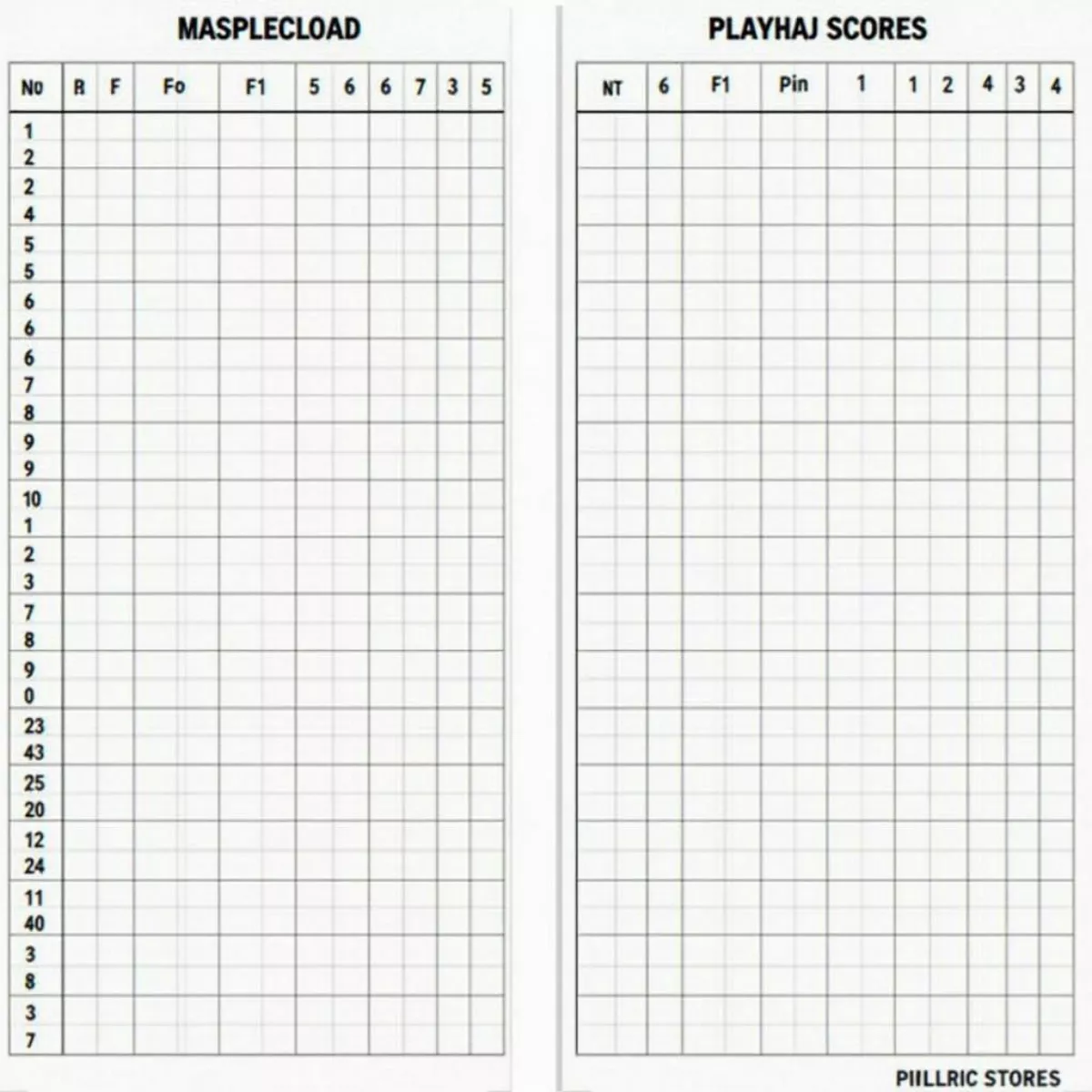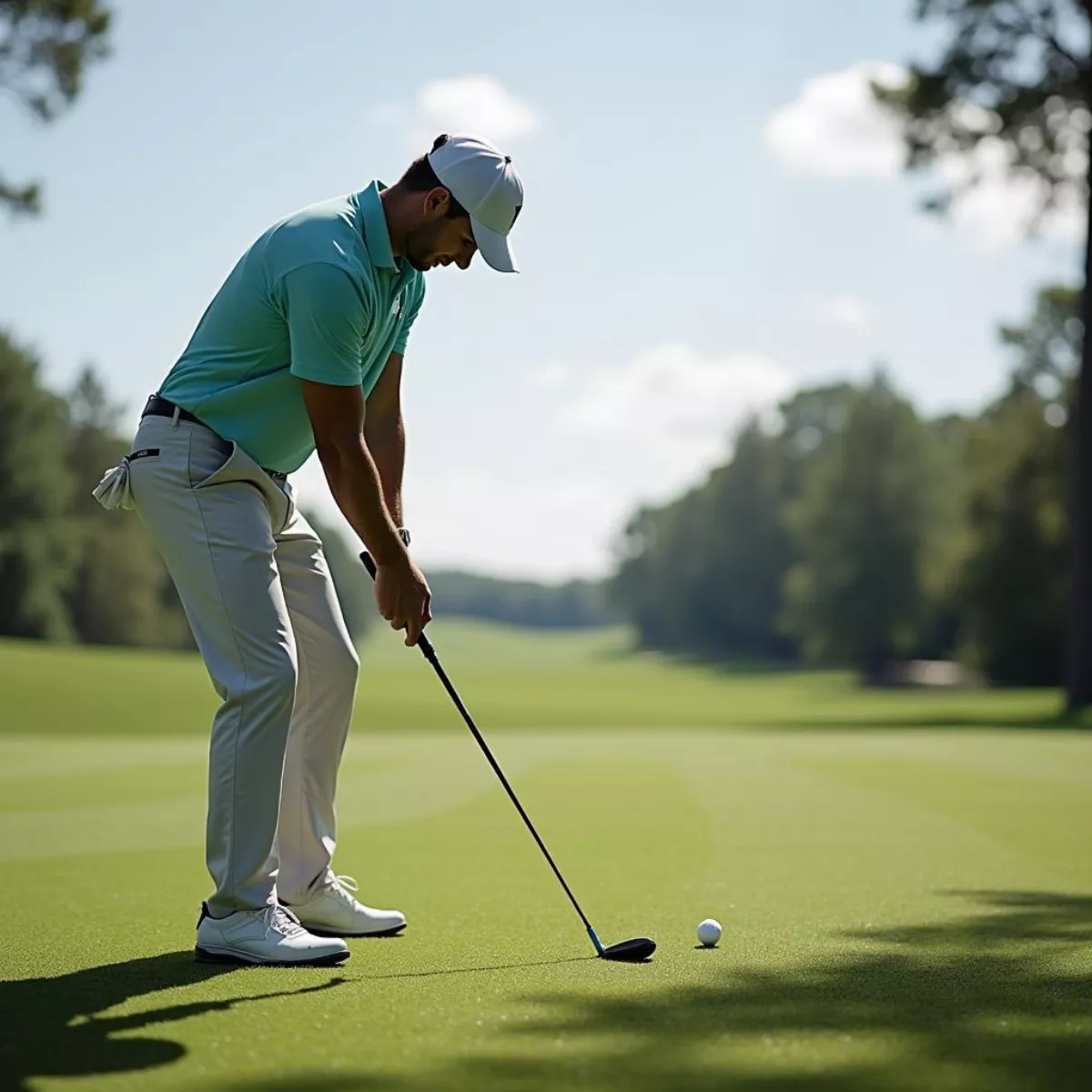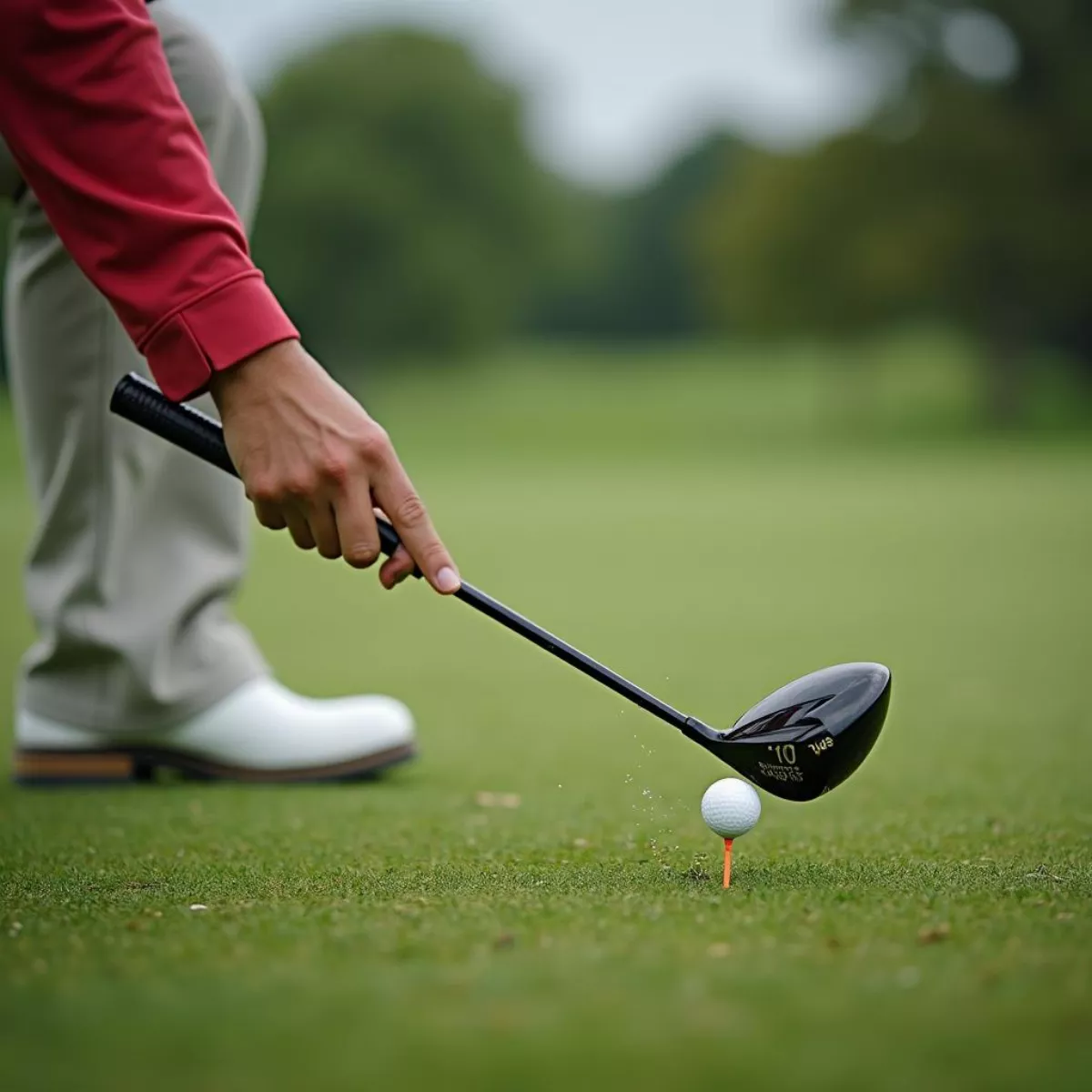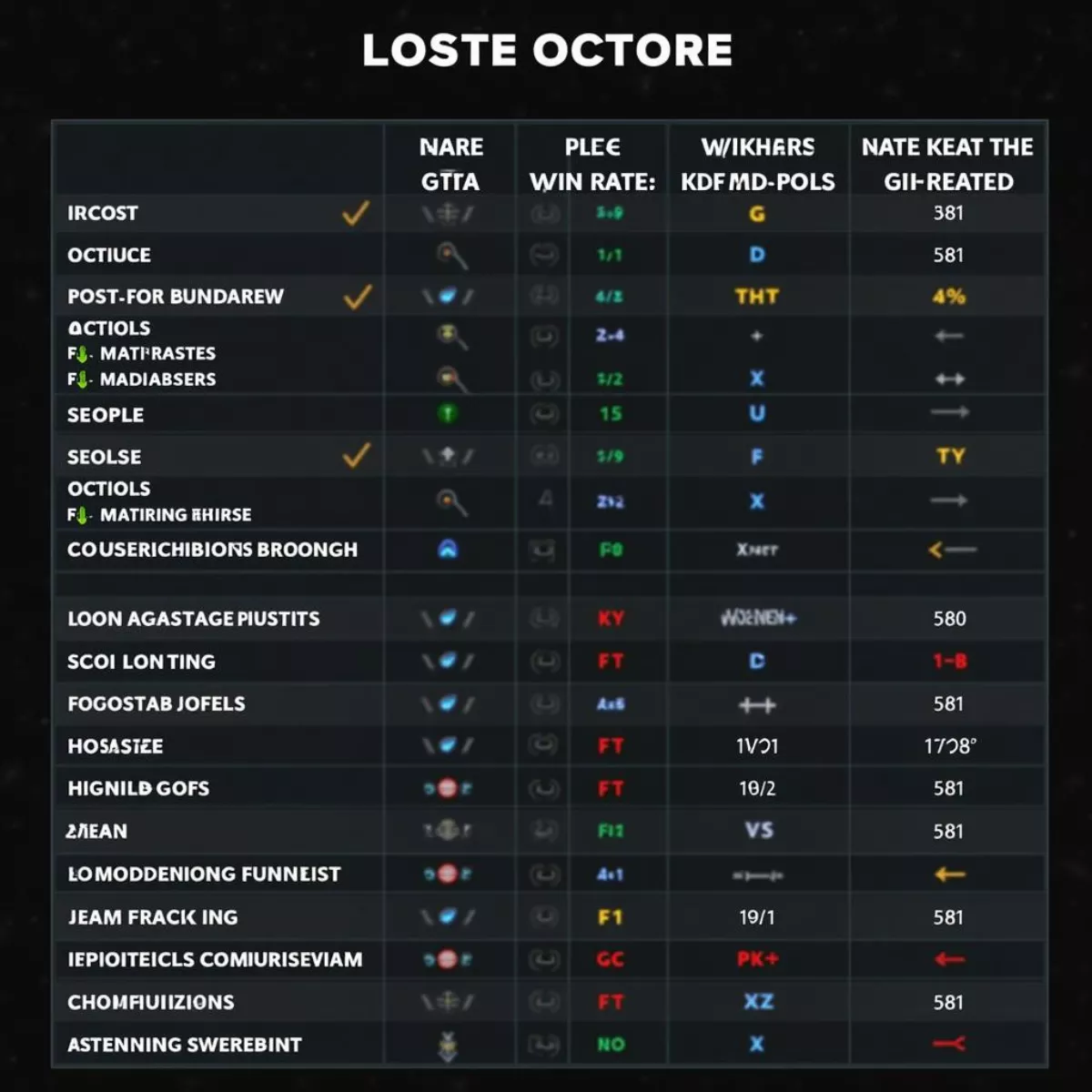Attending a PGA tournament is an exciting experience filled with adrenaline, camaraderie, and, of course, world-class golf. However, one crucial aspect often overlooked is what to wear. Dressing appropriately not only enhances your enjoyment but also helps you blend in with the crowd and enjoy the event to its fullest. In this guide, we’ll cover everything from attire to comfort, ensuring you’re stylishly dressed for your day on the green.
Understanding the Dress Code
Before diving into specific outfit suggestions, it’s essential to understand the typical dress code at PGA tournaments. Unlike casual golf courses where shorts, T-shirts, or gym clothes might be acceptable, PGA events typically encourage a more polished look.
General Dress Code Guidelines
- Respect the Tradition: Golf has a long-standing tradition of dressing smartly. Aim for a neat and well-put-together appearance.
- Be Weather-Prepared: Weather can be unpredictable; check the forecast and prepare accordingly.
- Comfort is Key: You’ll be walking around a lot, so comfortable footwear is a must.
Key Outfit Suggestions
For Women
Women have a range of stylish options that combine comfort and aesthetics:
- Top Options
- Polo Shirts: A classic golf staple, choose moisture-wicking fabrics to stay dry.
- Casual Blouses: Pair with tailored shorts or capris for a smart look.
- Lightweight Jacket or Sweater: Ideal for cooler mornings or evenings.
- Bottom Options
- Tailored Golf Shorts: Opt for styles that have a flattering fit.
- Capris or Skorts: These are comfortable without compromising elegance.
- Lightweight Trousers: Choose breathable fabrics for those hotter days.
- Footwear
- Comfortable Sneakers or Loafers: Select styles that are chic yet practical.
- Golf Shoes (If Specified): Many courses allow spikes, but ensure they are clean and neat.
For Men
Men’s attire should reflect a blend of casual and polished golfing attire:
- Top Options
- Polo Shirts or Golf Shirts: Moisture-wicking and breathable options are best.
- Collared Button-Downs: Dressier yet comfortable, especially in warm weather.
- Bottom Options
- Khakis or Chinos: Versatile and comfortable for walking.
- Golf Shorts: A practical option, preferably tailored.
- Lightweight Trousers: Great for cooler weather or evening events.
- Footwear
- Golf Shoes: Essential if you plan to play; otherwise, tennis shoes or loafers work well.
- Sandals: While not traditional, smart-looking sandals can be suitable.
 PGA Tournament Outfit Ideas
PGA Tournament Outfit Ideas
Accessorizing Your Outfit
- Hats: A broad-brimmed hat or a baseball cap can shield you from the sun while adding style to your outfit.
- Sunglasses: Protect your eyes from the sun with a pair of sunglasses.
- Umbrella: A small, portable umbrella can be handy for sun or brief rain showers.
Seasonal Attire Considerations
Summer Tournaments
For tournaments held during the summer months, opt for lighter, breathable fabrics to stay cool:
- Lightweight materials: Consider moisture-wicking fabrics.
- Consider shorts: Both men and women can benefit from stylish shorts.
- Stay hydrated: Bring a reusable water bottle to keep cool.
Winter Tournaments
For tournaments in colder months, dress in layers to remain comfortable throughout the day:
- Base Layer: Start with a comfortable moisture-wicking base layer.
- Mid Layer: Consider a light sweater or fleece.
- Outermost Layer: A waterproof jacket will protect you against the elements.
- Footwear: Waterproof shoes can be important for wet climates.
 Layering for Winter Golf
Layering for Winter Golf
Don’t Forget the Essentials
While selecting your outfit is essential, don’t overlook these important elements:
- Sunscreen: Even on cloudy days, UV rays can damage your skin. Apply before leaving home.
- Comfortable Chair/Blanket: If you plan on watching from a specific spot, a portable chair or blanket can enhance your experience.
Key Takeaways
When attending a PGA tournament, remember these essential tips to ensure you’re dressed appropriately:
- Adhere to the dress code: Smart-casual attire is preferred.
- Prioritize comfort: Choose breathable fabrics and comfortable footwear for walking.
- Weather preparedness: Pay attention to the forecast and adjust your outfit accordingly.
- Accessorize wisely: Use hats, sunglasses, and sunscreen to protect against the elements.
Frequently Asked Questions (FAQ)
1. Can I wear jeans to a PGA tournament?
While jeans are not typically discouraged, opt for tailored or dark jeans for a more polished look.
2. What type of hat is best for a PGA tournament?
A wide-brimmed hat or baseball cap is ideal for protecting your face from the sun.
3. Are flip-flops allowed at PGA tournaments?
While flip-flops are generally too casual, stylish sandals may be acceptable in certain outdoor settings.
4. Should I wear spikes on my golf shoes?
Unless stated otherwise, many courses allow spikes. Ensure they are clean and appropriate for walking.
5. How can I stay comfortable while walking around the course?
Choose well-fitting, supportive shoes, and wear lightweight clothing that won’t restrict movement.
 Comfortable Golf Shoes for Walking
Comfortable Golf Shoes for Walking
6. Can I take a backpack to the tournament?
Most tournaments allow small backpacks or bags, but be sure to check the specific event’s guidelines.
7. Is it necessary to wear a collared shirt?
Although not necessarily mandatory, collared shirts are a nice touch and help you fit the dressing norm.
8. What should I do if the weather changes unexpectedly?
Be prepared with layers or a lightweight, packable jacket, and check the weather forecast before your visit.
9. Will local golf instructional videos help me dress for the occasion?
While they won’t provide direct guidance on attire, they may give you insights into golf culture and etiquette.
10. Are there any specific items I should avoid wearing?
Avoid overly casual items like sweatpants or ripped clothing, which may detract from the overall polished atmosphere of a PGA tournament.
By following these guidelines, you’ll not only look great but will also feel comfortable and ready to enjoy every moment of the tournament. Happy golfing!

 Golfers celebrating a successful shot
Golfers celebrating a successful shot Group of golfers enjoying a round
Group of golfers enjoying a round
 David Duval Open Championship celebration
David Duval Open Championship celebration David Duval golf swing later career
David Duval golf swing later career David Duval golf commentator
David Duval golf commentator
 Nelly Korda reacts after a successful putt, celebrating with her caddie
Nelly Korda reacts after a successful putt, celebrating with her caddie
 Golfer Executing a Smooth Putting Stroke
Golfer Executing a Smooth Putting Stroke Golfer Practicing Putting Drills on the Green
Golfer Practicing Putting Drills on the Green
 Golfer practicing chipping
Golfer practicing chipping Analyzing golf performance
Analyzing golf performance
 Golfer in mid-swing
Golfer in mid-swing Golfers using technology on the course
Golfers using technology on the course
 Professional Golfer Training
Professional Golfer Training Golfer Analyzing Performance
Golfer Analyzing Performance
 Vision board example
Vision board example
 Implementing Changes After Game Analysis
Implementing Changes After Game Analysis